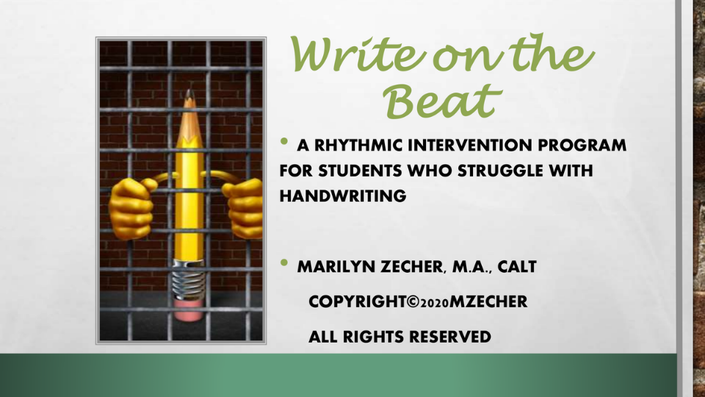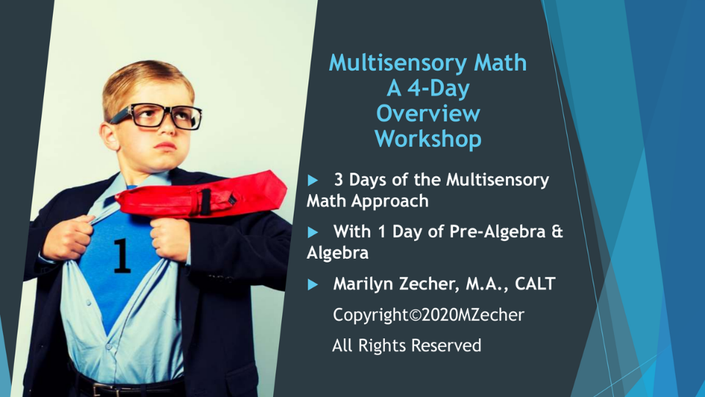Engaging Students with Hands-On Manipulatives
Create simple bags of manipulatives or us objects commonly found at home to teach math with activities and responses. Students build conceptual knowledge as they experience math concepts using concrete materials.
The Multisensory Math Approach
Based on content from the Multisensory Math Courses and Workshops, this presentation is a mall window into the possibilities that can enhance distance learning.
Students can use their own manipualtives while the instructor uses others with a document camera or visual display device. The instructor can model, ask students to replicate, ask students to solve problems with materials, respond in the chat feature, all to keep the students engaged in hands-on learning.
Some students truly benefit from using their hands in learning math concepts. For some students, it is an essential component of internalizing concepts.
This presentation is only a small collection of ideas suggesting possibilities.
Inexpensive place value manipulatives
Students use bundle-able objects to build the place value system and learn about expanded form.

Common household objects function as number lines and concept tools
Many objects commonly found in the home can be utilized for other purposes, solving word problems, or illustrating concepts. A simple measuring tape can function as a number line, a tool for rounding, a problem solver or a fraction guide.

Use what you have to teach what you need...
Instructors can create a basic place value mat with coins as the basic manipulative and review place value concepts while they teach the values of coins and making change.
Multisensory Math Presentations,
Workshops & Courses
The Multisensory Math Approach to mathematics instruction comes out of the general multisensory tradition which has been around since the early 20th century. It is also enhanced by strategies from Structured Literacy Instruction also known as the Orton-Gillingham Approach.
Full courses are offered at a non-profit training center in Rockville Maryland. They are available for graduate credit and have been used as the methods course for a degree in special education. The approach has been offered in workshop form at several universities and both public and private schools.
This website has been created by the instructor as a vehicle for offering smaller professional development vehicles for those who wish to enhance their own teaching options or simply try out the approach before delving into it in more depth. This website will offer a variety of forms and in a variety of lengths.
Full 30 hour graduate level courses which include the manuals, access to additional materials and live video conferences can be found at http://www.asdec.org

Other Workshops and Multisensory Math Options
This website will offer mini workshops, single presentations, full 2, 3 and 4 day workshops with a variety of topics and grade level applications.




